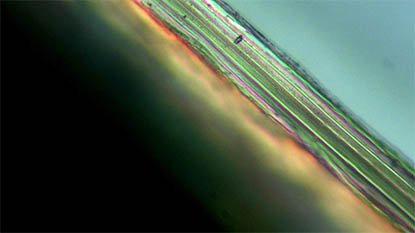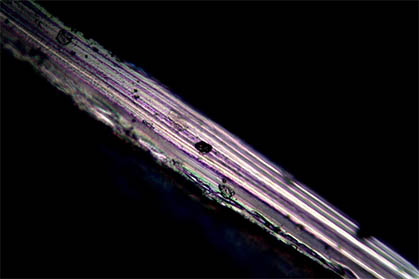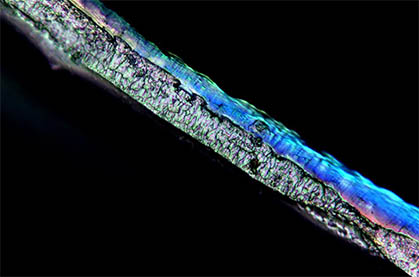Hydrogel is a kind of hydrophilic three-dimensional network structure gel. It swells rapidly in water and can maintain a large volume of water in this swollen state without dissolving, and has a large number of affinity groups. It can be used as a drug delivery vehicle. Because the low interfacial tension between the surface and body fluid reduces protein adsorption and cell attachment, reducing the possibility of negative immune responses. The physiochemical properties of hydrogels are similar to those of primary extracellular matrix, which can be used as auxiliary materials for tissue regeneration and drug loading.
The cross-section of the hydrogel has polarization characteristics, and the overall mechanical properties of the hydrogel can be judged by observing the degree of polarization, which can be used to develop new processes and new materials. The conventional observation method is to observe through a microscope with a polarizing accessory to make it reach an orthogonal state.
The Polarization microscope MP41 with reflective lighting and transmitted lighting is the protagonist.
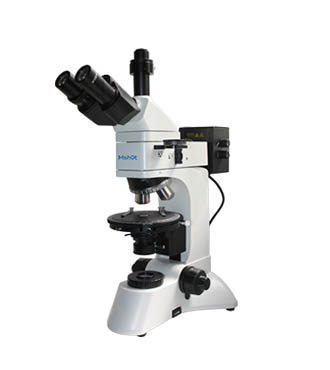
It adopts infinity optical system and modular functional design, equipped with long working distance plan objective lens. The polarized light observation device can be moved in or out of the optical path, and the polarizer and analyzer can be rotated 360° to easily adjust to the orthogonal state
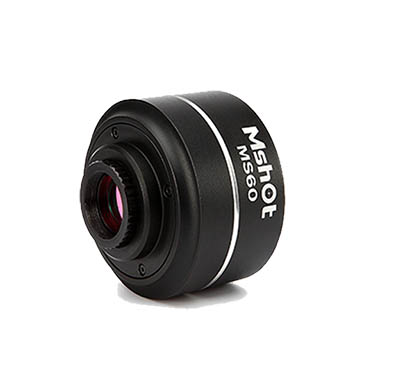
With a high-performance imaging sensor, USB3.0 data transmission interface, MS60 camera with high frame rate, accurate color reproduction and high sensitivity, it can record the hydrogel under a polarizing microscope.
